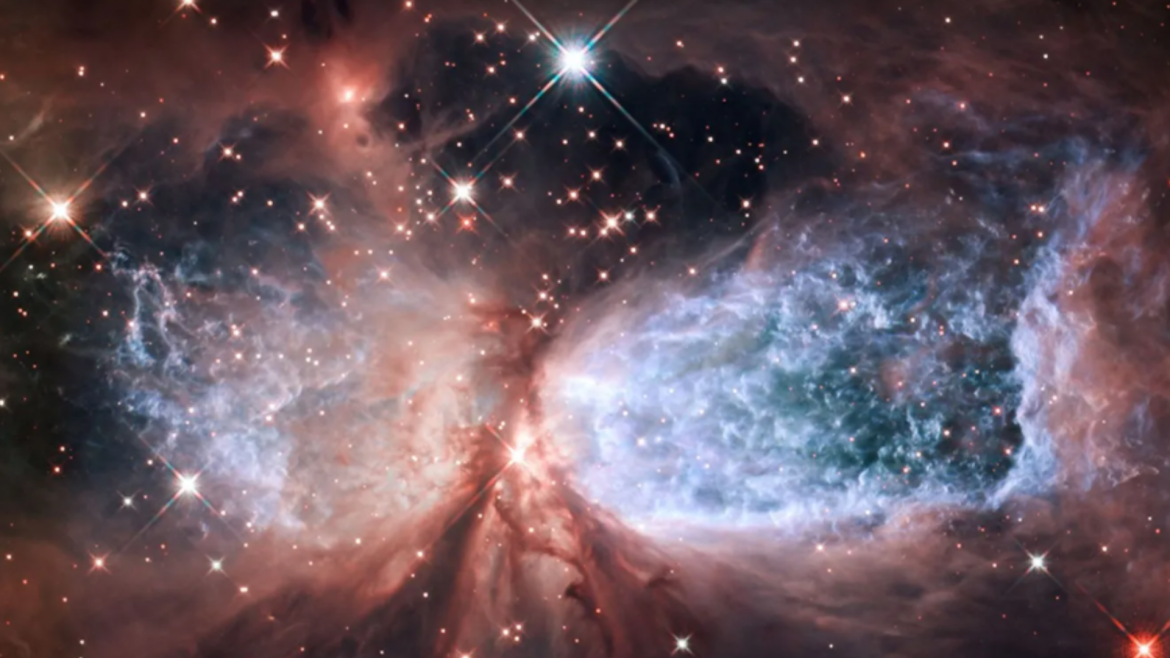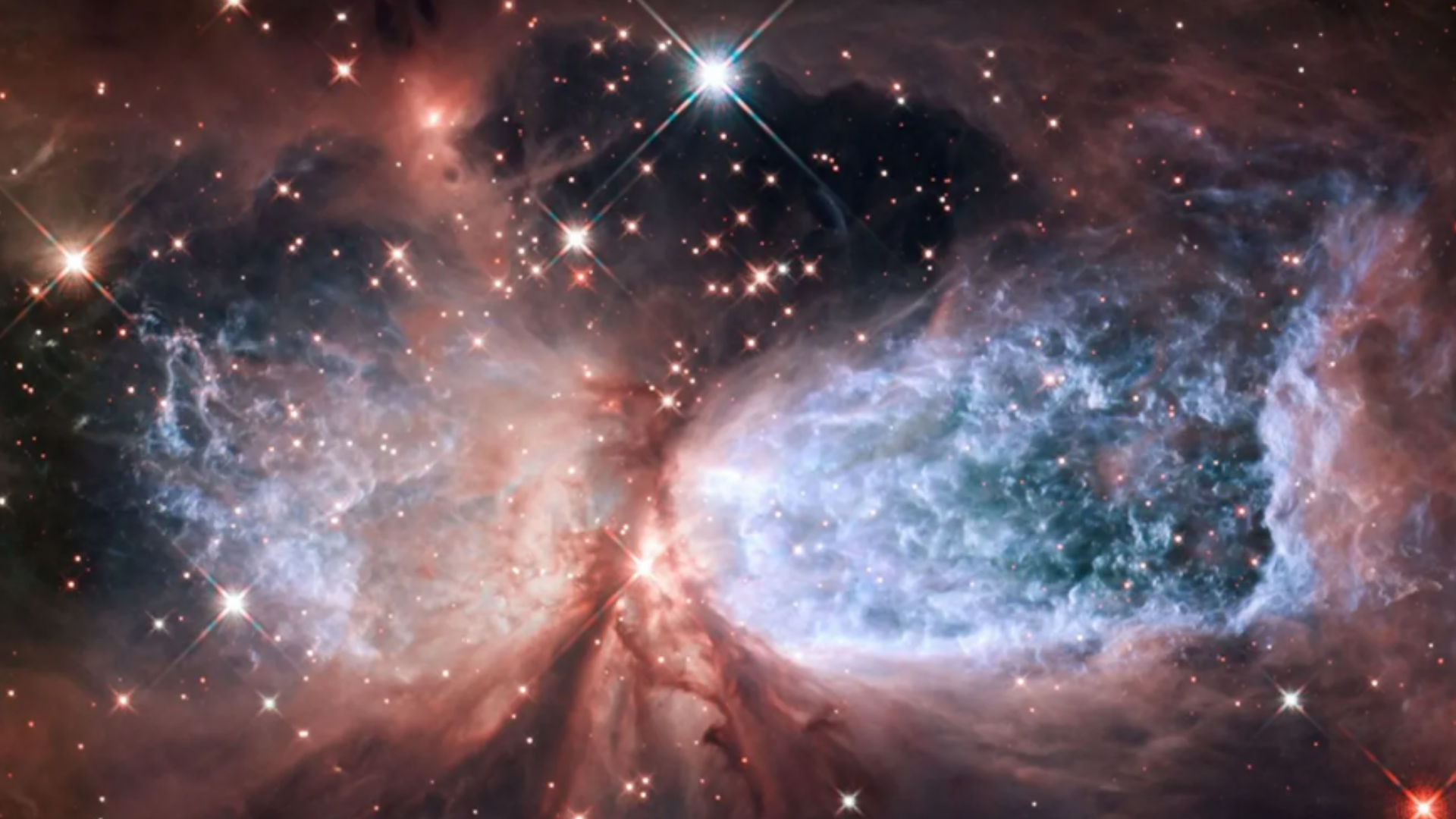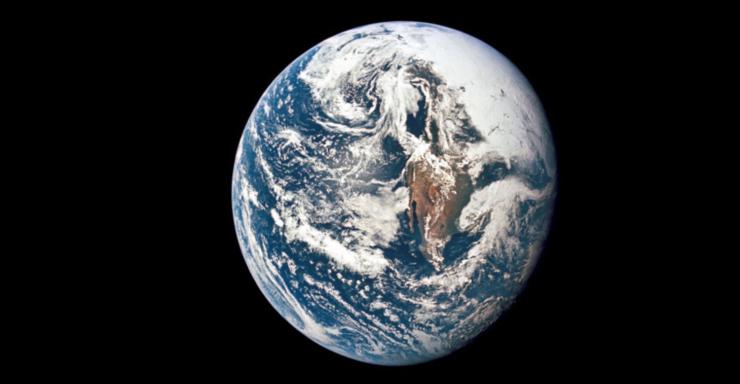Today, the field of radio astronomy has experienced a resurgence in ‘transient’ science, with more and more astronomical phenomena found to be active on timescales of months, weeks, and even within a single day. For example, high-mass stars form in short, intense bursts of mass accretion that display active variations on day-long timescales.

The use of single-baseline interferometers (two telescopes connected together) has been known in astronomy since the 1940s. However, demand for this observing technique was soon overtaken by the development of interferometers comprising large numbers of radio telescope dishes. As demand for aperture synthesis arrays increased, the time available for each observing programme became more limited. The recent emphasis on transient science has renewed the demand for facilities capable of high-cadence monitoring of brightness variations in radio emission—an area in which the now uncommon single-baseline radio interferometer is particularly well suited.
The aim of this project is the development of the Irbene Single-Baseline Interferometer (ISBI), designed to detect variations in the radio emission associated with high-mass star-forming regions. The ISBI will be used to monitor both radio continuum and maser emission from high-mass protostars. This will enable clearer distinctions to be drawn between currently untested and competing theoretical models proposed to explain the enigmatic variability recently linked to the formation of high-mass stars.
With recent discoveries confirming rapid accretion bursts in high-mass protostars, time-domain radio astronomy has become a key frontier in understanding the formation of massive stars. These short-lived accretion episodes give rise to measurable variations in both radio continuum and maser emission. However, existing large-scale arrays are often oversubscribed and are not optimised for long-term, targeted monitoring of such sources.
“The method will enable clearer distinctions to be drawn between currently untested and competing theoretical models proposed to explain the enigmatic variability recently linked to the formation of high-mass stars.”
High-cadence, long-term monitoring, such as that possible by ISBI, greatly benefits from automation, which makes it much easier to carry out long-term, frequent monitoring of space signals, from planning observations to processing the data. Latvian scientists have created a unique set of tools and automated systems for the ISBI, turning it into a one-of-a-kind instrument with capabilities not found anywhere else.
ISBI stands out because, unlike single-dish telescopes or large VLBI arrays, it can both detect weak signals and track them regularly over time. This makes it ideal for studying the changing radio emissions of massive star-forming regions, helping researchers understand processes like matter falling onto stars and the jets they eject. Thanks to automation, almost the whole workflow runs smoothly, allowing continuous and efficient monitoring of these fascinating cosmic events.
MORE INFORMATION
This research was presented in a paper entitled “Interferometer for variable astrophysical radio sources" published in Astronomy & Astrophysics (https://doi.org/10.1117/1.JATIS.11.1.018001). Journal of Astronomical Telescopes, Instruments, and Systems, Volume 11, id. 018001 (2025) The work was carried out in the Fundamental and Applied Research Program of the Latvian Science Council project no. lzp-2022/1-0083" A single-baseline radio interferometer in a new age of transient astrophysics". Link to the project: https://en.venta.lv/zinatne/projekti/a-single-baseline-radio-interferometer-in-a-new-age-of-transient-astrophysics Scientific manager PhD Ross Alexander Burns, rossburns88@googlemail.com
Administrative manager I. Kozlova, ievako@venta.lv


